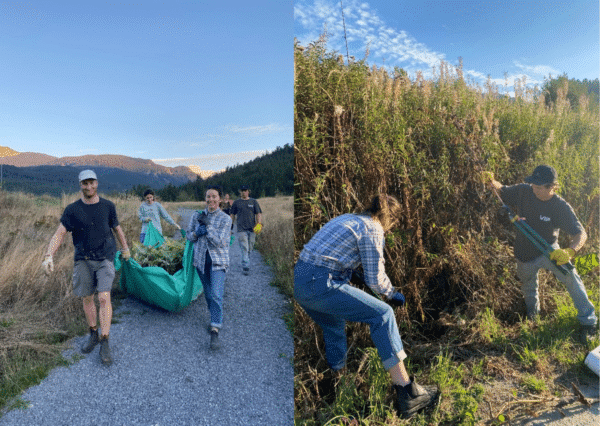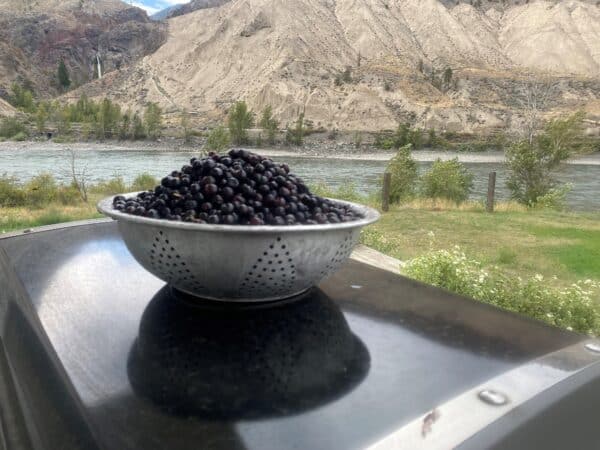August 3rd, 2022
Can you tell us a bit about yourself and how you experience the nature around you?
When I first came here from Vietnam in 2017, I was fascinated by the abundance of natural areas here in Canada. Having lived in a bustling commercialized city during my childhood, to be able to have close access to greenery in an urban area and learn about the diverse ecosystem around you yourself truly is a privilege. As an undergraduate student in the Environmental Engineering program, I am passionate about innovating sustainable urban designs that not only promote environmental values, but also celebrate community values. I love immersing myself in BC forests and spending time with my friends outdoors through activities such as camping, cycling, hiking, etc.
What do you like about volunteering and what inspired you to take action?
What I love most about volunteering is the opportunity to engage yourself in community actions and develop hands-on skills and knowledge from the workshops and events while having fun! I love that through these activities, not only am I enjoying and learning more about the local areas and their native species, but I am also protecting and improving them. What inspired me to take action was the opportunity to learn and contribute to the communities and the natural areas around me. I am happy that I can lend a hand through small actions such as helping to remove invasive species, making bee houses, and more.
What has been one of your favourite ISCBC volunteer events?
I really enjoyed our invasive species mapping workshop at Everett Crowley Park. We learned to map invasive species such as English ivy, Reed canary grass, and Knotweed using the off-line Avenza Maps app. Throughout the workshop, I learned a lot about plant identification of several invasive species and current measures to remove them (e.g: removing knotweed plants by injecting herbicide into them), as well as useful mapping skills such as pinpointing, drawing and measuring our distance to the targeted invasive plant, etc. This had been a very educational and interesting event that not only introduced the volunteers to several aspects of environmental field work but was also an opportunity for us to enjoy a good nature walk and get to learn from each other.
What volunteering action are you most proud of?
Looking at the beehouse I have made from the beehouse workshop at Douglas College, I am proud and glad that now that my garden can become a safer place for the native solitary bees to visit and nest. It was also interesting to learn about the importance of a diverse planting palette of native species, so that a large variety of native bees that are attracted to a narrower spectrum of native flowers can still have an abundant food supply.
Become a Youth Volunteer!
Join like-minded young adults to plan and carry out real-world activities. Support our goal to support healthy habitats and communities, keeping them free of invasive species. Learn more about becoming a youth volunteer!
Share





